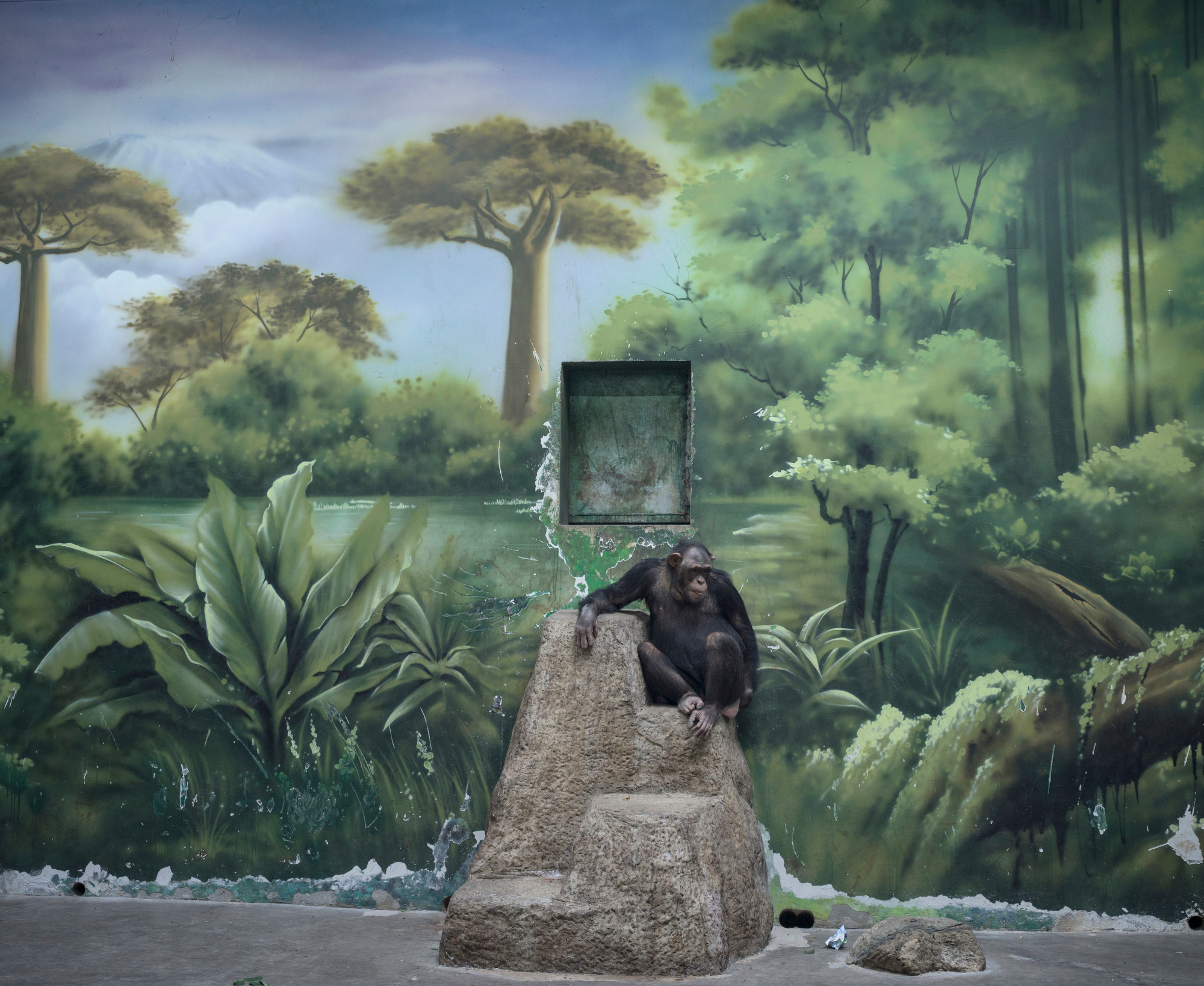K|Lens hits Kickstarter: 'depth mapping' camera lens comes several steps closer
This full-frame DSLR/mirrorless camera lens will let you focus AFTER you've taken the picture... it sounds like magic!
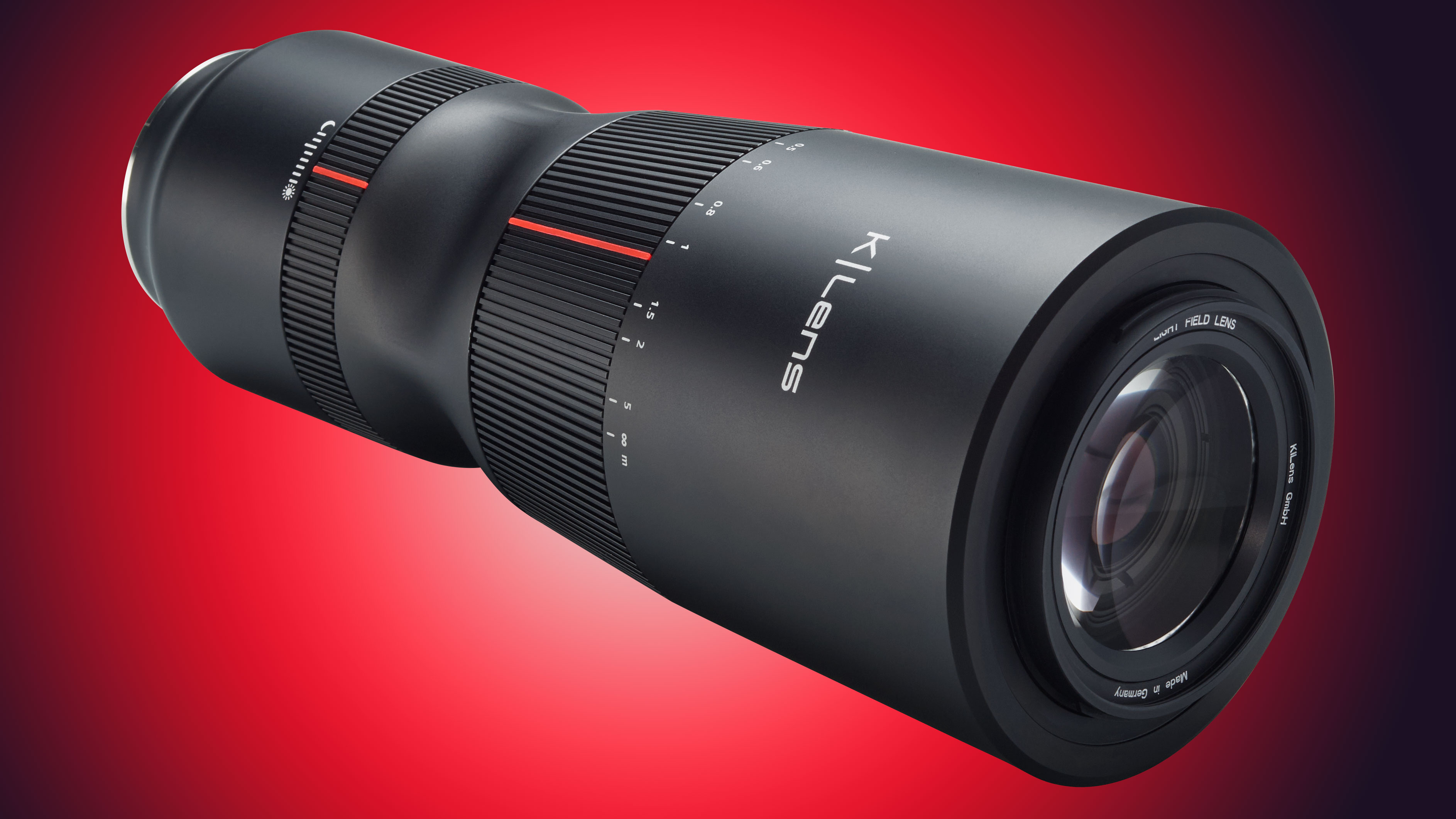
A German company is hoping to bring light field photography to the masses with its K|Lens One, which attaches to a normal digital SLR or mirrorless camera in place of the usual lens.
The radical new K|Lens One, which we first saw as a prototype at Berlin Photo Week in 2019, is finally ready for its inaugural K|Lens One Kickstarter campaign as the next step on its way to full production, which will be handled in partnership with legendary lens maker Carl Zeiss.
Watch the video below to see how the K|Lens works:
Many will be familiar with light field photography through the cameras made by Lytro – which gave up selling its light field cameras, and ended up being bought by Google. This system does not require a bespoke camera – it's simply a lens, albeit a rather special one – that can be fitted to a range of different full frame cameras.
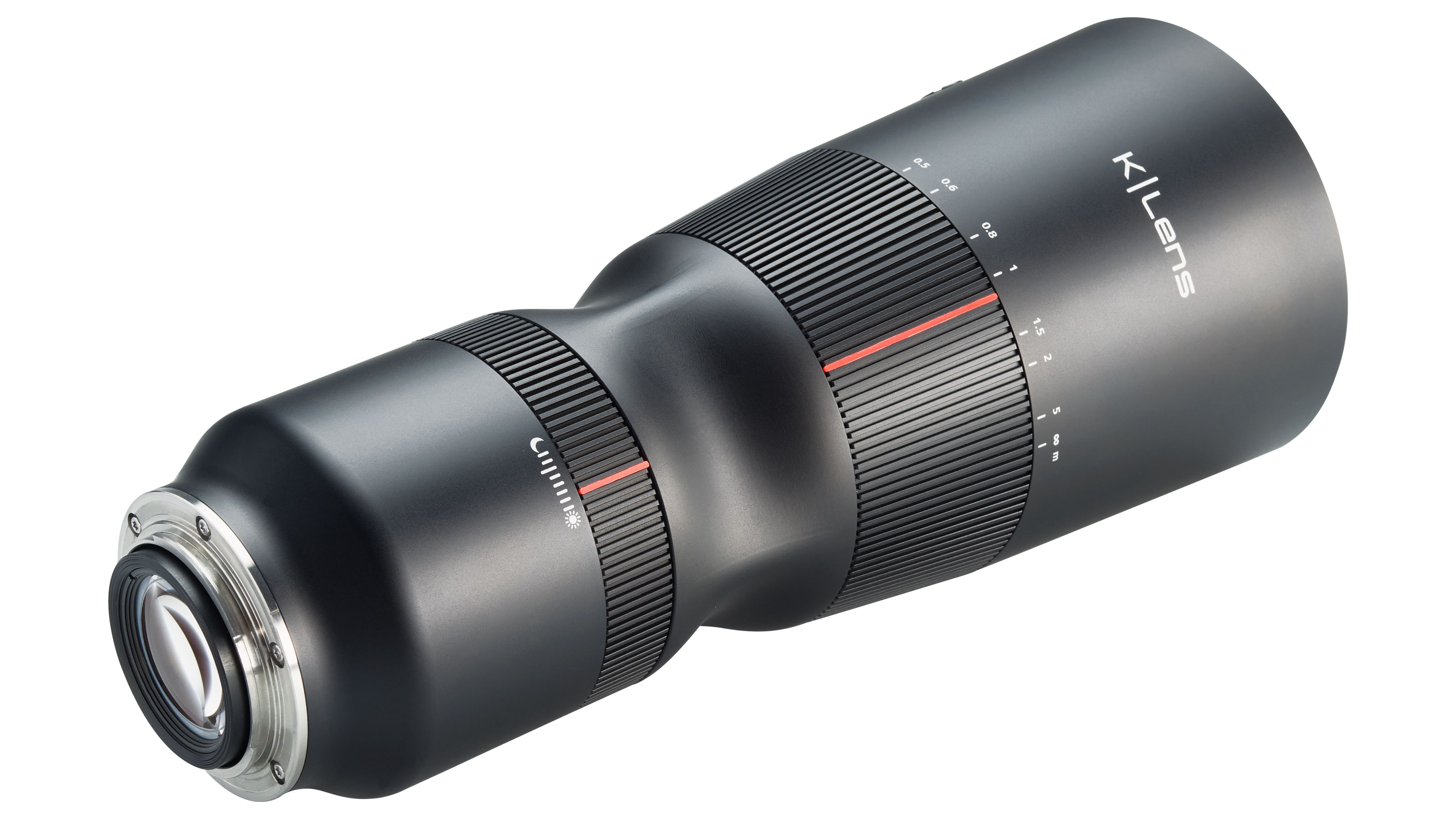
A big attraction of light field photography is that allows you to adjust the focus of the image, after you have taken the shot. It does this by taking multiple images and creating a depth map of the scene. This depth map could also be used for a number of other post-production effects – such as adding lighting effects that are applied at different intensities depending on their distance from a point in the scene.
The K|Lens device is designed to work with full-frame sensors, and works a bit like a kaleidoscope (hence the K in the name). The lens splits the scene into nine different images which are recorded on the scene. The K|Lens team has since revealed that it is working with lens maker Carl Zeiss over the construction of the light field lens.
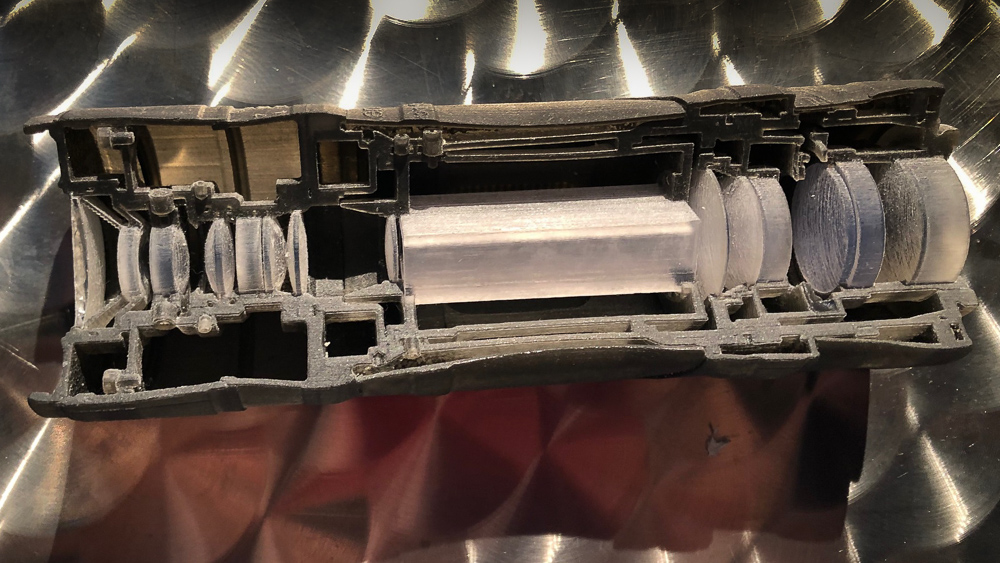
The manual focus K|Lens is about 250mm long, weighs 1000g, and has a focal length equivalent to around 80mm. The only controls are the aperture and manual focus rings.
It is the way in which these images are combined by the software is where the magic really happens. K|Lens has an app that will allow you to show the combined light field image on your smartphone screen, and adjust the focus point whilst in the field.
Get the Digital Camera World Newsletter
The best camera deals, reviews, product advice, and unmissable photography news, direct to your inbox!
Images will be displayed in camera as a nine-tile mosaic with some makes of full-frame camera. But with Canon, at least, which has allow developers access to its camera's firmware via its EOS Software Development Kit, the image can be combined in camera via a menu option.
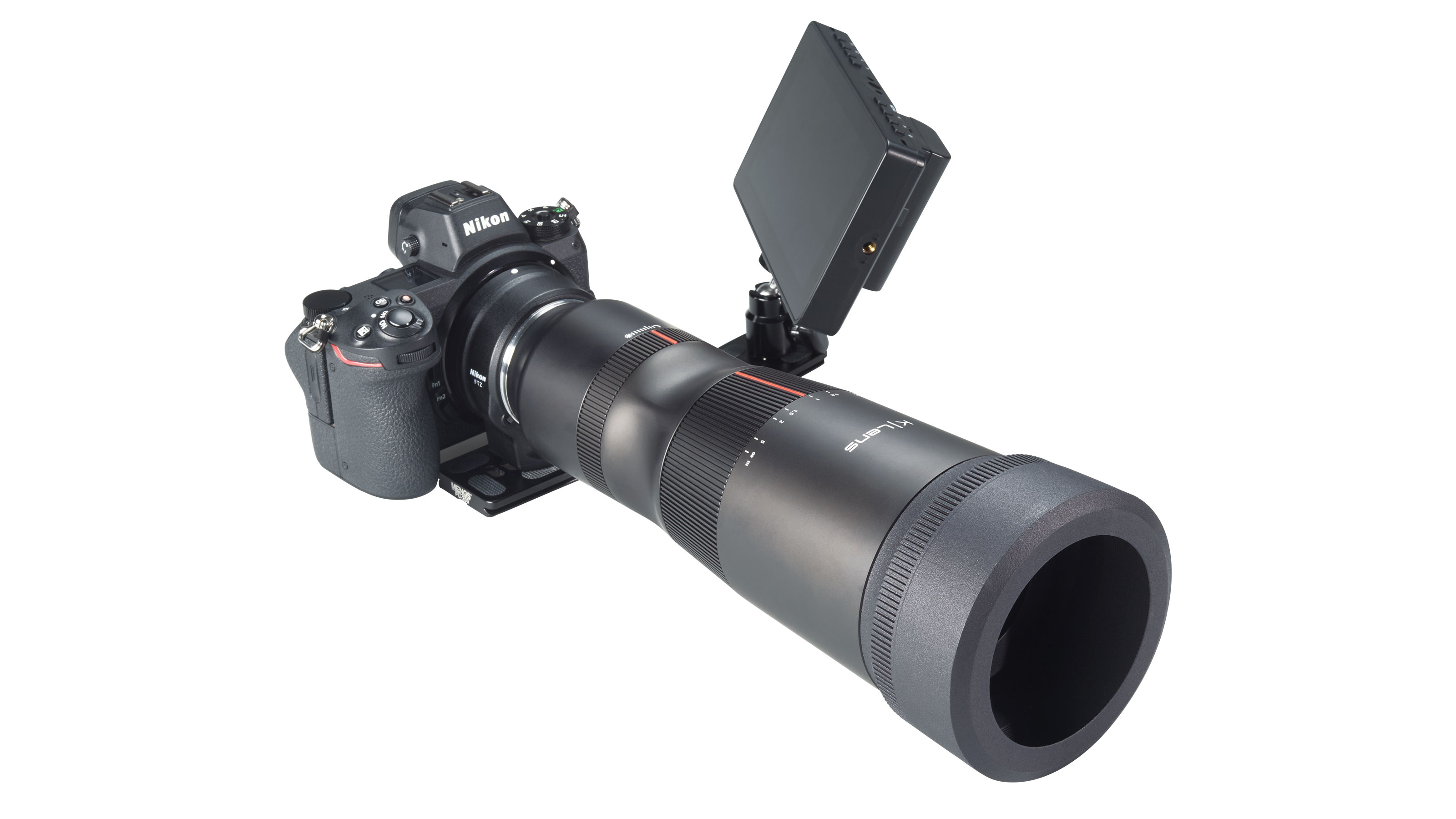
A big advantage that the K|Lens will have over the failed Lytro cameras will be that not only will you not need a special camera, but you will have marked increase in overall resolution – K-Lens says the images will have between 40% and 50% of the resolution of the camera's sensor. So on a 30-megapixel Canon EOS 5D Mark IV, for example, this would give light field images with a resolution of at least 12 megapixels. The $1300/£1300 Lytro Illum, had a resolution of just four megapixels.
Editor's note: As with all crowdfunding campaigns, there is no guarantee that the product will make it to fruition, be delivered on time or match initial promises or specifications. Backing crowdfunded products is done at your own risk.
Read more:
The best full-frame DSLR
The cheapest full-frame cameras
Lytro officially calls it quits, employees head to Google
Chris George has worked on Digital Camera World since its launch in 2017. He has been writing about photography, mobile phones, video making and technology for over 30 years – and has edited numerous magazines including PhotoPlus, N-Photo, Digital Camera, Video Camera, and Professional Photography.
His first serious camera was the iconic Olympus OM10, with which he won the title of Young Photographer of the Year - long before the advent of autofocus and memory cards. Today he uses a Nikon D800, a Fujifilm X-T1, a Sony A7, and his iPhone 15 Pro Max.
He has written about technology for countless publications and websites including The Sunday Times Magazine, The Daily Telegraph, Dorling Kindersley, What Cellphone, T3 and Techradar.


